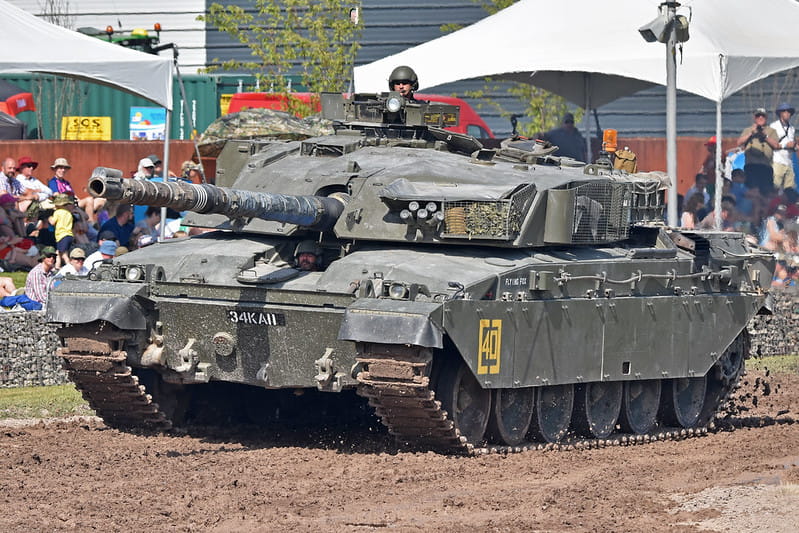The British Military is not fully fit for the fight and the ‘Russians are laughing at us’. A former British Army Chief of the General Staff, Baron Dannatt warns that years of cuts have made our military unfit to fight.
Lord Dannatt said, the Russians are laughing at us as years of cuts have made the British military unfit to fully support the United States just as they are looking for a ‘capable ally to depend on’.
He fears we would now struggle to support the US in conflicts like Afghanistan and Iraq and it looks like a joke to threaten Russia.
Follow us on Google News to get the latest defense news and analysis
According to Dannatt, “The Russians are laughing at us, the Americans shake their heads.”
Baron Dannatt is a retired senior British Army officer. He was Chief of the General Staff from 2006 to 2009. He is now a member of the House of Lords. He spoke out ahead of a major shake-up of the armed forces called the Integrated Review.
Lord Dannatt further added, the British Ministry of Defense is being bankrupted due to the RAF’s purchase of the most expensive F-35 stealth fighter aircraft. The fighter jet cost nearly £80 million each and required £90,000 an hour to run.
The cost of the F-35 program is so high that even the US Air Force is looking for a cheaper fighter aircraft.
Dannatt said, “It is the capital cost and the running costs of the F-35B that is the real and ongoing worry.” He further added, “This will skew the Defense Budget for decades. Who is the loser? Well, I’d say this – it is the Army.”
Turkey wants to produce advanced fighter jets and missiles with Pakistan
The British military first plans to buy 138 F-35Bs, but it is likely to be cut to 48 due its cost.
Dannatt also said that there is no serious spendings on the real challenger of war (tank) upgrade programmes. The British Army’s field artillery has also a third of the capability of a Russian formation and have no useful air defense against battlefield drones.
His comments came as figures revealed we are short of 10,000 troops and defense sources claim that the Army could be cut to around 72,000 over the period of next ten years.
“When the Army was at a strength of 101,800 until 2010 we were capable of conducting two operations simultaneously in Iraq and Afghanistan.” But “today, that could not happen.” Dannatt said.
“Moreover, underfunding of the Army’s equipment programme means our capability to field a war-fighting division is between very low and non-existent.”
“Last November, the Prime Minister announced the biggest increase to defense spending since the cold war”, a spokesperson from the Ministry of Defense said. “As threats change our forces must change and they are being redesigned to confront future threats. The armed forces will be fully staffed and equipped to confront those threats.”
The concern is not limited to the cut in number of troops but also related to their mental and physical health problems.
US Army, Argonne scientists discover nanoparticles for future weapon systems
According to the report revealed by British MoD last year ‘one in five British troops is unfit for combat’.
The army is desperately trying to bolster soldier numbers after a long period of decline. Currently, the number of soldiers is well below the target figure of 82000. The Guardian reported.
Col. Nick Mackenzie, the Assistant Director of Army Recruiting said, “we are constantly looking at our publications and our policies to ensure we can get more people into the army.”
Analysis:
Unfit for a fight is really a point of concern for the British military. Although it includes a number of factors such as the cuts in the number of troops to perform missions abroad or the mental and physical health of the personnel.
Either the case would be, the Army must be combat-ready and must have the ability to tackle any situation.
The British military is working to resolve the issues that are limiting their capabilities and we could see improvements in the near future.


